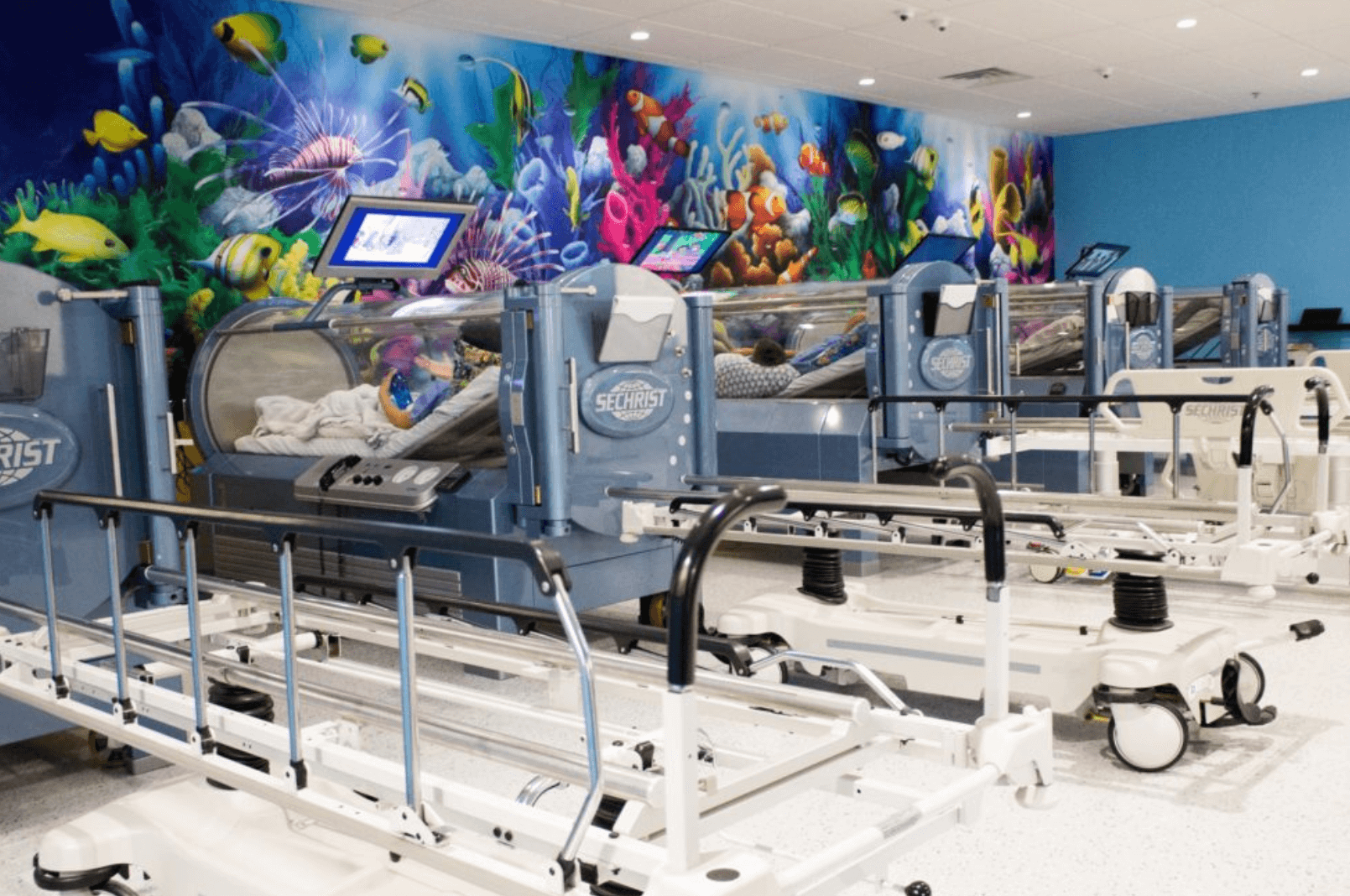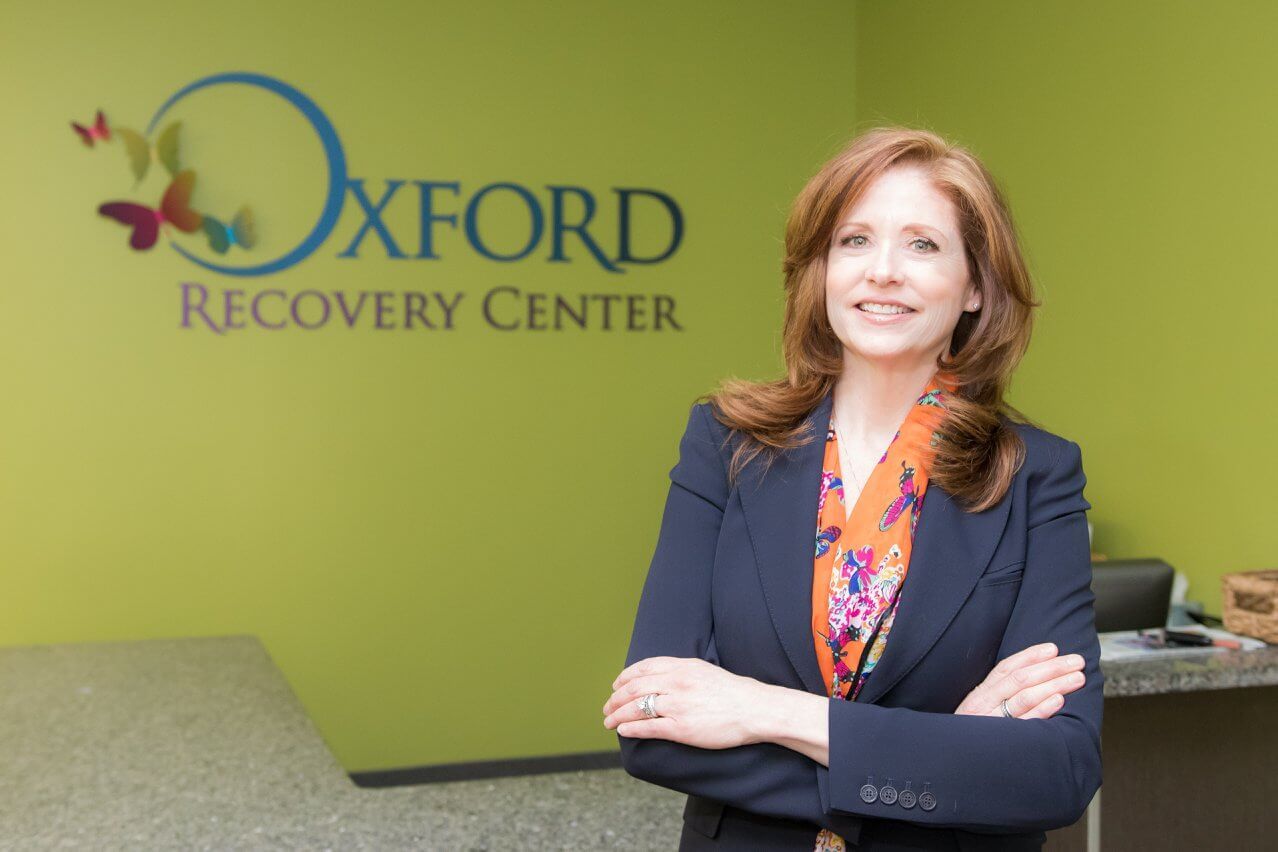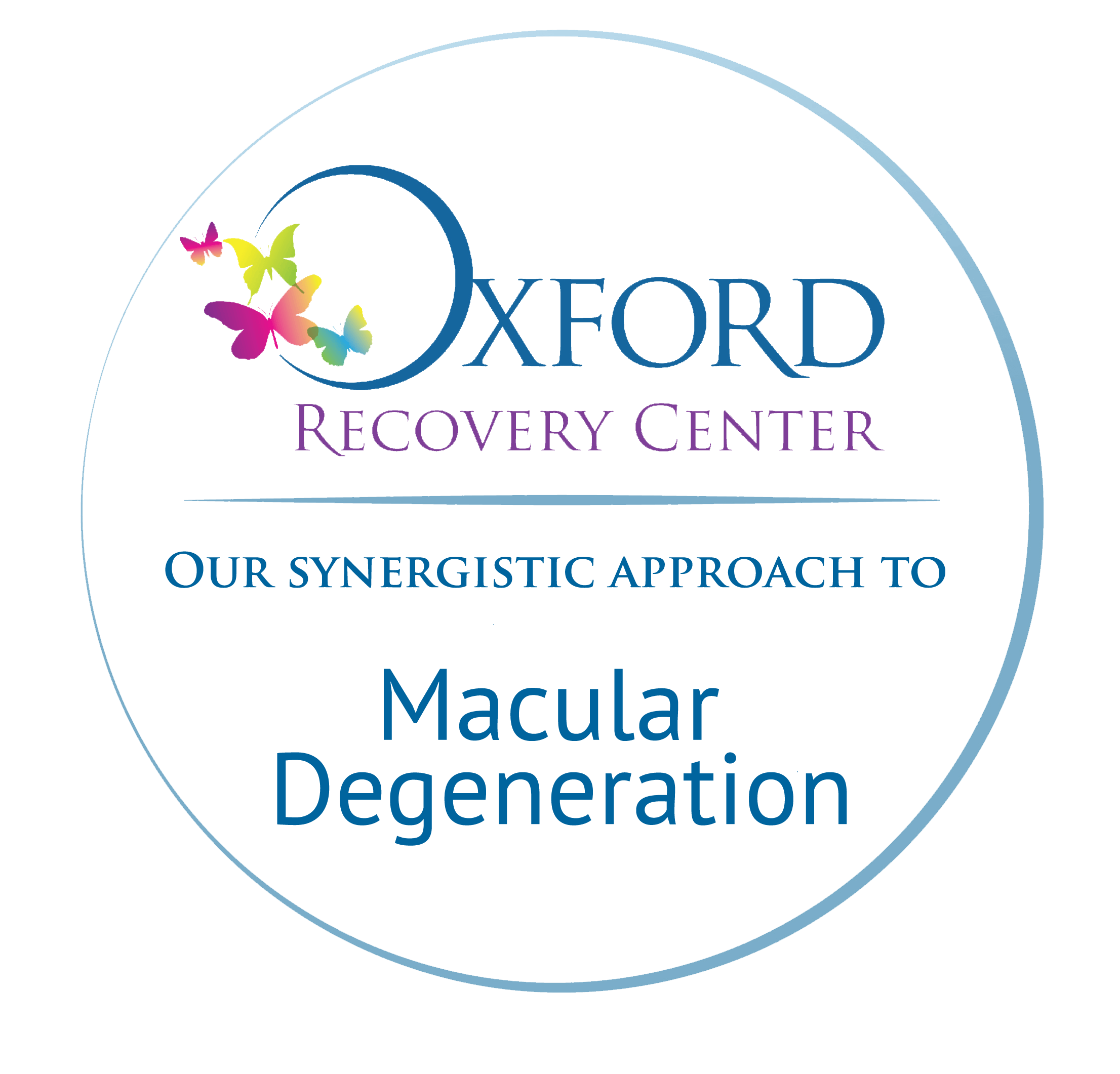I will never forget the day the doctors sent my daughter home with no hope. That day should have been the end. But instead, it became the beginning.
It was the last day of school in 2006, and I think I was more excited than my children for the summer. As a teacher, I always looked forward to that extra time with my children, Blake and JeAnnah, ages 11 and 9. Unbeknownst to me, my world as I knew it was going to change in an instant.
Every morning before teaching, I would go to my coffeehouse to start the baking. My dad would come over, get the kids ready for school, feed them, read the Bible with them, and send them off with prayer time. That morning, he called me soon after the kids were awake to tell me JeAnnah was struggling to walk, missing her mouth as she tried to feed herself, and walking as if she was drunk. He took her to the Emergency Room. I notified the school that I would miss my morning classes; I had no idea how seriously ill JeAnnah was.
By the time JeAnnah got to the hospital, she could no longer walk. I arrived a few minutes later and found that the doctors were confused with her rapid regression. A lumbar puncture gave us news we did not want to hear–the tap revealed that JeAnnah’s white blood cell count was hundreds of times higher than normal. She was diagnosed with viral encephalitis. Due to the brain swelling, JeAnnah quickly began to slip away.
There was nothing the doctors could do, and they offered us no hope for recovery. By the time she was admitted, she no longer functioned as the child we knew and loved. We watched helplessly as the alarms kept going off with her irregular heartbeats and the spontaneous stopping of her breath. The next day the doctors informed us that her kidneys were shutting down. They decided not to move her to the ICU, so I was able to stay by her side. I’m pretty sure they had no hopes for her survival.
Little JeAnnah, despite the bleak outlook and lack of any apparent hope, hung on to life, fought the odds, and survived. She was left severely brain damaged and functioned at the level of a child 11-14 months old. The damage left her legally blind, unable to walk or talk, and having seizures. Her mental and physical capacity went from that of a healthy, happy 9-year-old to an 11-month infant almost overnight.
Traditional medicine left us with a prognosis that the frequency of JeAnnah’s seizures would increase, and she would eventually die in her sleep. My life went from teaching and working my coffeehouse to being the 24-hour caregiver for my daughter, taking her to her daily physical therapy, occupational therapy, and speech therapy appointments. We were learning to live a new life, that of having a disabled child: wheelchair barriers, constant appointments, and the enormous emotional strain on the family.
Despite our best efforts, JeAnnah was regressing. I searched in desperation for anything to help her. I began to scour the globe looking for any hope to minimize JeAnnah’s condition. Again and again, I reached one dead end after another. Although I began to feel that my search might be futile, I never completely lost hope.
Eventually, I joined an international support group for parents of children with encephalitis, where the grim stories of others sounded like a broken record. Within a month of joining the group, two children died, and I began to feel my story soon would become part of that record. That’s when an email arrived from a parent in the support group from Malaysia that gave me a glimmer of hope.
The email read, “Have you ever heard of HBOT? My son was a near drown victim 18 years ago. He did HBOT, and the girl in the chamber next to him sounds like your daughter. She started on a gurney, then a wheelchair, then a walker, and left dancing!” I remember thinking what on earth is HBOT? A chamber? Moreover, how do I get it for JeAnnah? I began rapidly searching the internet for more information. I had hope at last!
My search for Hyperbaric Oxygen Therapy (HBOT) found that it is used commonly around the world for neurological damage in children. But unfortunately, not in the US, and not as easily as I had hoped. Short of leaving the country, there were not many options, as hospitals in the United States that use HBOT don’t use it to treat brain damage. Not to mention that I did not have the support of any of her doctors; every one of them told me it was a waste of my time. One went as far as doing everything he could to block her from treating.
I was not able to leave JeAnnah with others, as her care was too difficult. However, my mom convinced me to go work the coffeehouse for a few hours one Saturday morning to get some relief. It was not long after being there that a frequent customer came in–he was an emergency room doctor. Out of ideas and nothing to lose, I decided to tell him about JeAnnah and my email about HBOT. Expecting the same response, I about fell over when he interrupted.
“Stop,” he said. “I was just trained as a doc in hyperbaric medicine.”
Rob agreed to introduce me to the doctor who did his hyperbaric training, Dr. Stephen Guthrie, MD; he also was researching the effect on viruses in hyperbarics.
Dr. Guthrie didn’t really believe anything could help restore her to normal, as the damage was severe. However, he was kind and agreed to help. He arranged for a meeting with the doctor who oversaw the hyperbaric unit at the hospital. The thrill was beyond explanation when I pushed JeAnnah into his office with my parents in tow to see about getting her treated there. He didn’t quite see things the same way.
He informed me that hyperbarics is for wound care and a few other conditions, but not for brain damage. I quickly pulled out my evidence–that e-mail from a mom! I had proof! He looked me in the eyes and told me nothing was going to make her better. I debated back and forth with the doctor; I knew in my heart this was her only hope!
It was then that another doctor listening in the hall popped his head in and exclaimed that such treatment was done all the time in his country. The doctor in charge then agreed to try, but said treatment would have to be private pay, as insurance would not cover it. I had offers of help with fundraising, and though I didn’t know the cost, I didn’t see it as an obstacle. The nurse put JeAnnah on the schedule to start HBOT the following Monday. Things were looking up!
The next day I received a call from the hospital. Not only was it going to be private pay, but the cost was $72,000 up front before she could start. The treatments were $2,000 a day, and they knew she would need at least 40. I begged her to let her start, promising to get the money, but the answer was NO.
Feeling devastated, it felt like the hope of her healing–of saving her life–was pulled away from me with that one phone call. I had no money, no equity in the house, old cars . . . where does one get that kind of money and fast? I felt a helplessness that no parent should have to feel. Through a journey of events, by God’s grace, we were able to start her treatments at a regional hospital 10 days later. As far as anyone could tell us at the time, she was the only child treated in a hospital using HBOT for brain damage anywhere in the country.
JeAnnah’s progress was miraculous!
I started to see the fruits of our journey. Prior to starting HBOT, I had multiple therapists evaluate JeAnnah’s functioning level. She was 10 years old at the time, and the test showed her functioning between 11-14 months of age. The goal of treating her was to give her a better quality of life, no matter how short it may be. I never expected her to walk or really recover, but any improvements would be a blessing. Following her first hyperbaric treatment, JeAnnah’s condition improved immensely. She could kneel! Not only was she kneeling, but she was doing a half-kneel while singing the chicken dance and throwing a ball against a trampoline, all of which she was unable to do the day before. After almost three months of hyperbaric therapy, JeAnnah did the inconceivable and danced in the Nutcracker as if nothing had happened to her.
I got my daughter back.
Medical experts and therapists working with JeAnnah were stunned at her progress. HBOT was not traditionally offered for neurological conditions, and though research was being conducted on numerous neurological conditions around the world, the facility at which JeAnnah was treated was not involved in any research and did not treat children with neurological damage.
After my experience, I realized that I had received a gift. There was far more potential for this treatment that was being overlooked by traditional medicine. I was called with a passion I could not ignore. I then opened The Oxford Center in the spring of 2008 in South Lyon, Michigan to provide it. I quickly realized there were many more patients who needed not only HBOT, but other therapies as well. The Oxford Center expanded its footprint to Troy, MI in 2010, and then expanded the Troy location in 2017. At the same time, The Oxford Center expanded the services it offers and continues that expansion today. In the summer of 2018, our South Lyon facility relocated to a 30,000 square foot location in Brighton, Michigan.
I was amazed at the healing we saw, but I also saw more kids come through the doors who could not afford the many treatments that insurance does not cover. I couldn’t accept seeing these children suffer knowing that there was something that could help them. With the encouragement of some of the families that came to The Oxford Center, I founded the Oxford Kids Foundation in 2010.






